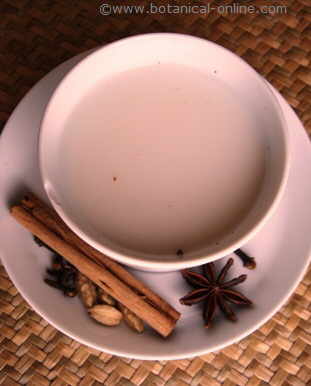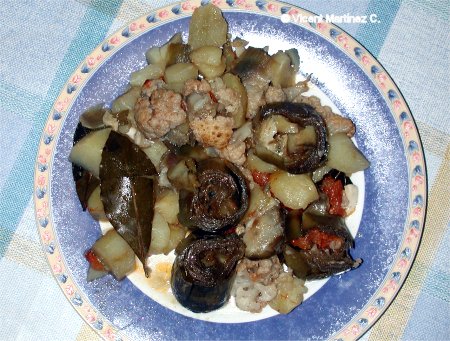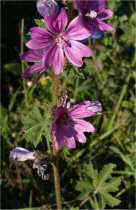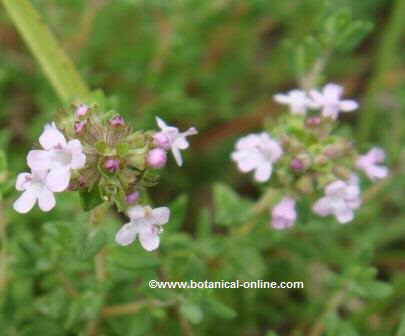Contents
What is almond oil?
Characteristics of almond oil
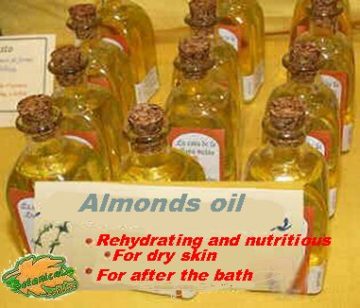
Almond oil is obtained from the dried fruit of the almond tree, that is, from the almond tree, from which its fat content is extracted
How is almond oil produced?
Almond oil is obtained by two methods:
- Cold pressing : only with mechanical systems. This system of obtaining maintains the intrinsic properties of the oil,
- Refined: once it has been cold extracted, it is subjected to refining. This method of production produces a loss of some of these qualities.
What does almond oil contain?
Its composition is mostly monounsaturated, since it contains about 60% of oleic acid, but also contains lower amounts of polyunsaturated fatty acids such as linoleic acid (omega 6) in amounts close to 25% and small concentrations of other saturated fats such as palmitic less than 8% or stearic about 2%.
The values of the linolenic (omega 3) palmitoleic, polyunsaturated and saturated acids, respectively, are less than 1%.
Composition of almond oil per 100 gr | |
| Water | 0,00 g. |
| Calories | 884 Kcal |
| Fat | 100 g. |
| Protein | 0,00 g. |
| Carbohydrates | 0,00 g. |
| Fiber | 0,00 g. |
| Potassium | 0,00 mg |
| Sodium | 0,00 mg |
| Phosphorus | 0,00 mg |
| Calcium | 0,00 mg |
| Magnesium | 0,00 mg |
| Copper | 0,00 mg |
| Iron | 0,00 mg |
| Zinc | 0,00 mg |
| Vitamin C | 0,00 mg |
| Vitamin B1 (Thiamin) | 0,00 mg |
| Vitamin B2 (Riboflavin) | 0,00 mg |
| Vitamin B3 (Niacin) | 0,00 mg |
| Vitamin B5 (Pantothenic acid) | 0,00 mg |
| Vitamin B6 (Pyridoxine) | 0,00 mg |
| Vitamina B9 (Folic acid) | 0,00 mcg |
| Vitamin B12 (Cobalamin) | 0,00 mcg |
| Vitamin A | 0,00 mcg |
| Vitamin D | 0,00 IU |
| Vitamin E | 39. 260 mg |
Table of the main fatty acids in almond oil per 100 g | |
| Saturated fats | 8,200 g |
| Palmitic acid | 6,500 g |
| Stearic acid | 1.700 g |
| Monounsaturated fats | 69,900 g |
| Oleic acid | 69.400 g |
| Grasas poliinsaturadas | 17, 400 g |
| Linoleic acid | 17.400 g |
Physical and chemical characteristics of almond oil
It has a practically transparent color, with a slight yellowish color and does not provide a strong smell, especially if it has been refined.
Almond oil, which is used as a massage oil, has a sweet nutty aroma.
What is almond oil used for?
Among the main uses of almond oil are the following:
- Food uses: Although there are some almond oils suitable for human consumption, such as those intended to treat cases of constipation, which must be ingested to achieve these effects, almond oil it is usually not suitable for food consumption.
Therefore, we should not ingest it without making sure before it is suitable. Almond oil is not suitable for human consumption. It is produced for many external applications.
External applications of almond oil
Refined almond oil is mostly used to make cosmetics.
Thanks to the refining process, it loses a great deal of its aromatic properties, compared to extractions carried out with mechanical systems without the application of high temperatures, that is, cold.
These conditions improve or facilitate a wider use in cosmetics, by not providing added aromas to the elaborated product. Among the main uses of almond oil, we have the following:
– Almond oil for dry and normal skin
– Almond oil for stretch marks
![]() More information on almond oil and almonds
More information on almond oil and almonds


